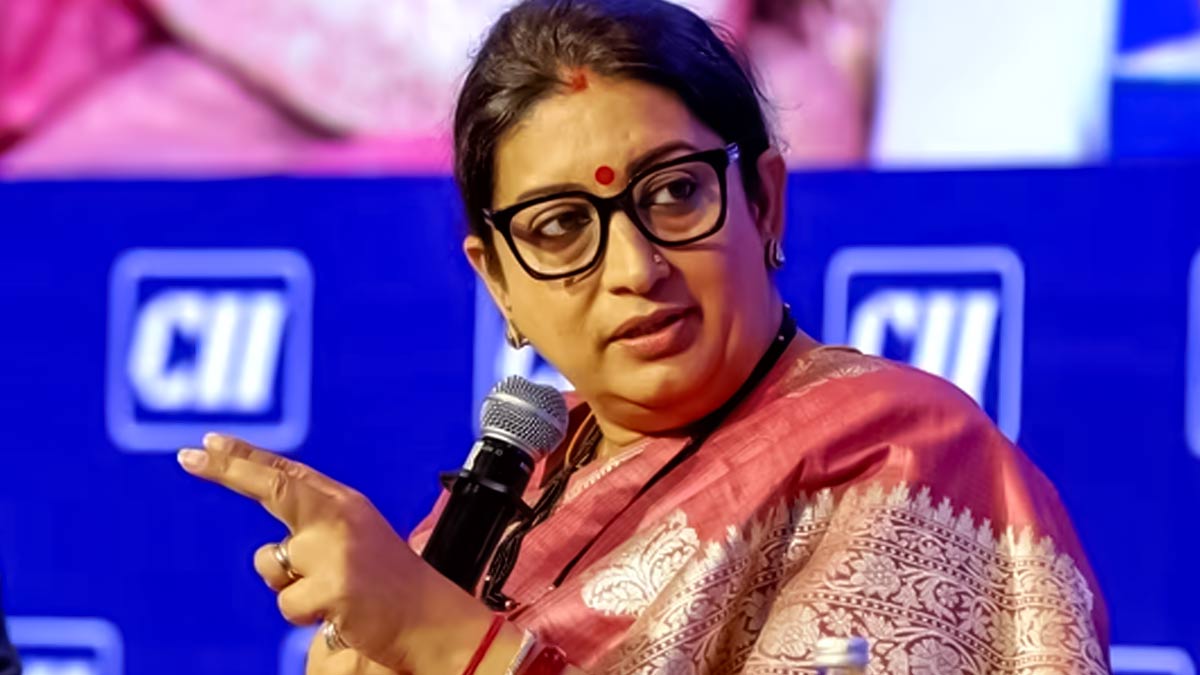
The Ministry of Women and Child Development (MWCD), India has launched the ‘Protocol for Management of Malnutrition in Children’ during a national event at Vigyan Bhawan, New Delhi, on October 10, 2023. This was informed in a press release by the Press Information Bureau of India, which stated that the event was chaired by Smriti Zubin Irani, Union Minister, Women and Child Development. Under the protocol, national-level standards are being drafted in collaboration with the Ministry of Health and Family Welfare (MoHFW) and the Ministry of Ayush, which will provide 'detailed steps for identification and management of malnourished children at the Anganwadi level, including decision-making for referral, nutritional management and follow-up care.'
Navigating Malnutrition In Indian Children

The PIB statement read, 'Malnutrition is a complex challenge necessitating collective action. Towards this objective, convergent efforts are required for achieving desired outcomes.' In light of this the 'Protocol for Management of Malnutrition in Children’ has been launched under the aegis of ‘Saksham Anganwadi and Mission Poshan 2.0’ of the MWCD. Through this protocol, methods are being formulated to combat malnutrition through a multi-sectoral approach in collaboration with key Line Ministries/Departments of all the States And Union Territories.
The significance of these protocols lie in the fact that till now, children suffering from severe malnutrition were Being treated as per the ability of the facility that they were hospitalised at. But now, with these protocols in place, children suffering from severe acute malnutrition (SAM) will be separately identified and treated as per set standards all across India.
Also Read: Malnutrition During Pregnancy Can Impact The Unborn Baby, Here Are Some Health Dangers
At the New Delhi event, Minister Irani said that the Centre is now strengthening the foundation of the nutrition ecosystem in India with these protocols. They have established an appetite test that will assess how much a child is able to eat before feeling full. SAM children who fail this appetite test will be referred to Nutritional Rehabilitation Centres (NRC).
What Are The Protocols For Malnutrition?

The official statement referring to the malnutrition protocols mentioned, "After the identification of children through growth monitoring data, appetite tests will be done on all SAM children for medical complications. Screening of the malnourished children at OPDs and in-patient wards in health facilities, using weight for height, and weight for age measurements will be conducted.”
Also Read: Nutrition Week 2023: Consuming Zinc-Rich Foods Can Help Your Child Combat Malnutrition
The document announced that some methods that will be employed to prevent malnutrition among Indian masses are:
- Support for adolescent girls including their nutrition and skilling.
- Pre-birth nutrition support to pregnant women and post-birth to lactating women.
- Promotion of early initiation of breastfeeding and exclusive breastfeeding in zero to six-month-old infants.
- Promotion of age-appropriate and adequate complementary feeding starting from six months of age.
- Ensuring dietary adequacy in children between six to 72 months.
- Prevention and management of early childhood diseases.
In addition to these guidelines, the document also provided comprehensive norms on dietary requirements for various levels of malnutrition among children. This is a much-needed move by the government of India as MCWD had shared that as per their Poshan Tracker, 7.7% or 43 lakh Indian children are malnourished. Out of this, 14 lakh children belong to the SAM category.



.jpg)



